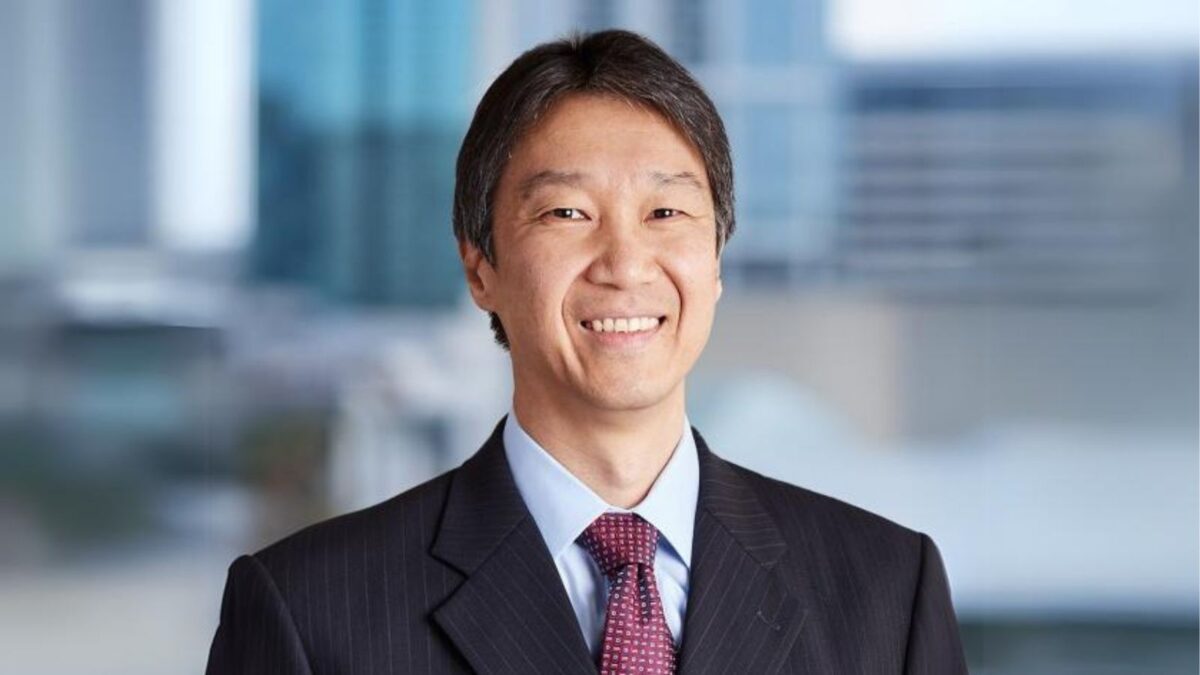Strategic partnerships becoming just that
(Pictured: Alan Dorsey)
Alan Dorsey likens the new strategic partnerships between multi-asset managers and big pension funds as buying a custom-made suit where, generally, the wearer wants some alterations over time. Traditional mandates are more your off-the-rack fare.
Dorsey, a managing director and head of investment strategy and risk for Neuberger Berman, based in New York, was in Australia last week talking about strategic partnerships and how these are developing in other countries.
A great proponent of the newish arrangements in the US is the Teacher Retirement System of Texas. Like most big US public sector funds, all the information is available on the website: www.trs.state.tx.us.
Texas Teachers introduced its strategic partnerships program in 2008 with, initially, $1 billion given to four managers including Neuberger Berman. A fifth manager, given $500 million, was subsequently added. The fund assigned a team of five staff, under David Veal as director strategic partnerships and research, to oversee the program. The total represented 5 per cent of the fund’s assets. The net annualized return of the group was 12.4 per cent over the three years to last September, with 0.8 per cent “alpha”. Last year was particularly good, with the managers delivering a combined 2.8 per cent “alpha”.
Of course “alpha” has to be redefined in these sorts of arrangements and a lot of work goes into selecting benchmarks. Interestingly, the program represented the first time the fund had used external managers for public markets.
The fund established seven requirements for the program:
1. Delivers full range of valuable investment products and services
2. Customizes products and services to specific TRS requirements
3. Operates globally with a sustainable business model
4. Produces proprietary, value-added investment research
5. Shares significant resources when appropriate
6. Shares long-term compensation philosophy compatible with the fund
7. Fully committed team, beginning with senior management.
The fund has also given each manager research tasks, such as currency hedging, risk parity and different kinds of risk signals, and holds a summit twice a year where the research is presented and topics are debated.
Dorsey, who is a frequent visitor to Australia, describes the summits as a “cathartic experience”. He believes that, in Australia, a super fund or other client would need to be about $10 billion in size or likely to get to that size to warrant such a program with multiple managers. Smaller funds could develop different multi-asset programs.
“These are complex relationships which take a lot of time and attention by senior people,” Dorsey says. It is a “meshed” relationship with a commingling of ideas and processes. “It’s helpful if the investor builds a governance system, with buy-in from the trustees, sets goals for the mandate, benchmarks on performance and peer comparisons.”
The mandates will typically cover at least a dozen asset classes and different strategies within each. Constraints are typically set by the fund to prevent the manager from “swinging for the fences”.
For another of Neuberger Berman’s US clients, an endowment fund, there are more limited constraints and guideline restrictions. “With this one they get their asset allocation advice from their consultant and what they want from us is our best opportunistic investment ideas, ranging from low-volatility equity to distressed residential loans… There’s the temporal attractiveness of opportunistic ideas on the one hand and strategic completion assets using more benchmark centric strategies on the other.”
He doesn’t believe these partnerships interfere with a scheme’s consultant relationship. “It’s actually a great opportunity [for the consulting firm] to consult with funds in the selection of the strategic partners, monitor them and convey to the schemes why certain things are happening. There’s always room for oversight,” Dorsey says.
The flexibility of the arrangements make it a very different proposition from the old “balanced funds” offered by managers in the 1980s and 1990s and the close working relations and exchange of ideas make it very different from the currently popular “outsourced CIO” arrangements in the US and Europe.










